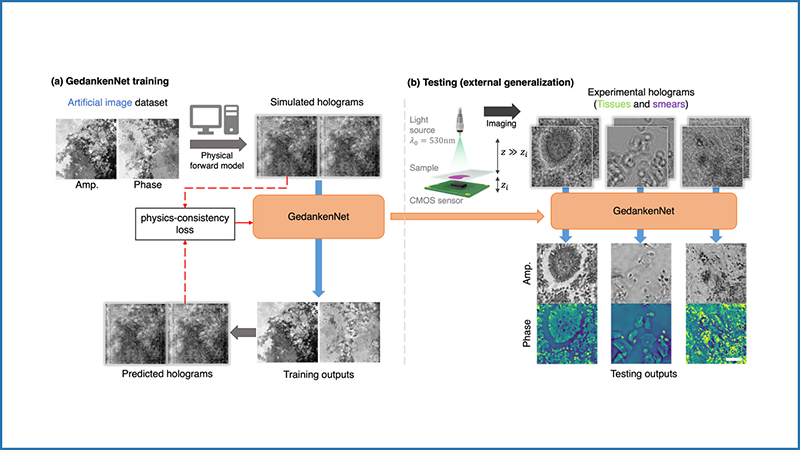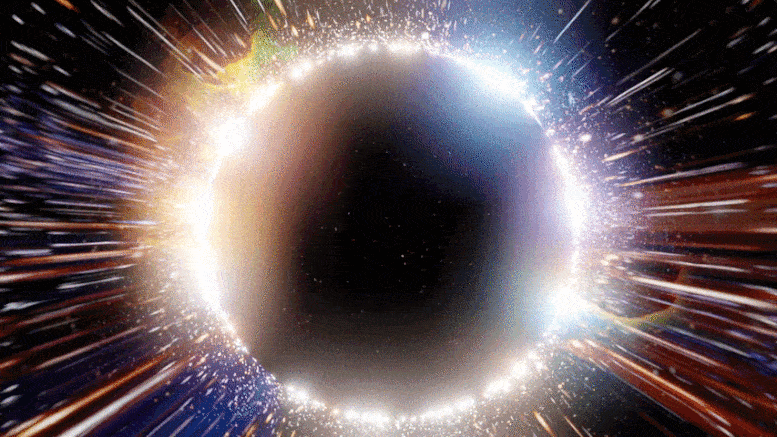
Images showing the training and testing of UCLA-developed AI-powered GedankenNet using simulated holograms generated from random images in reconstructing microscopic images of various human tissue sections and Pap smears. Scale bar: 50 μm (millionth of a meter)
Advance uses thought experiments, instead of real data, to expedite learning. Researchers from the UCLA Samueli School of Engineering have unveiled an artificial intelligence-based model for computational imaging and microscopy without training with experimental objects or real data.
In a recent paper published in Nature Machine Intelligence, UCLA’s Volgenau Professor for Engineering Innovation Aydogan Ozcan and his research team introduced a self-supervised AI model nicknamed GedankenNet that learns f...
Read More







Recent Comments